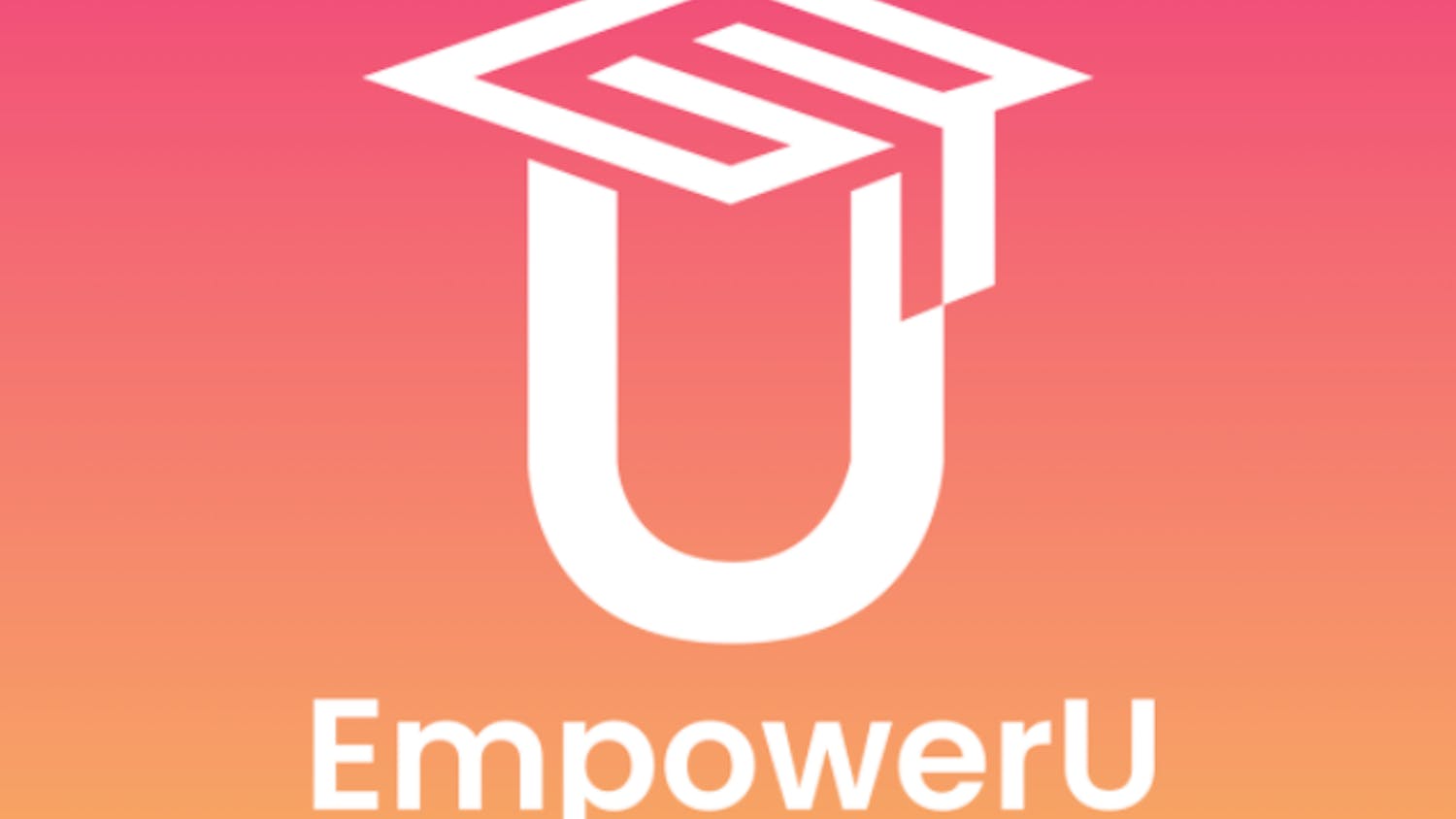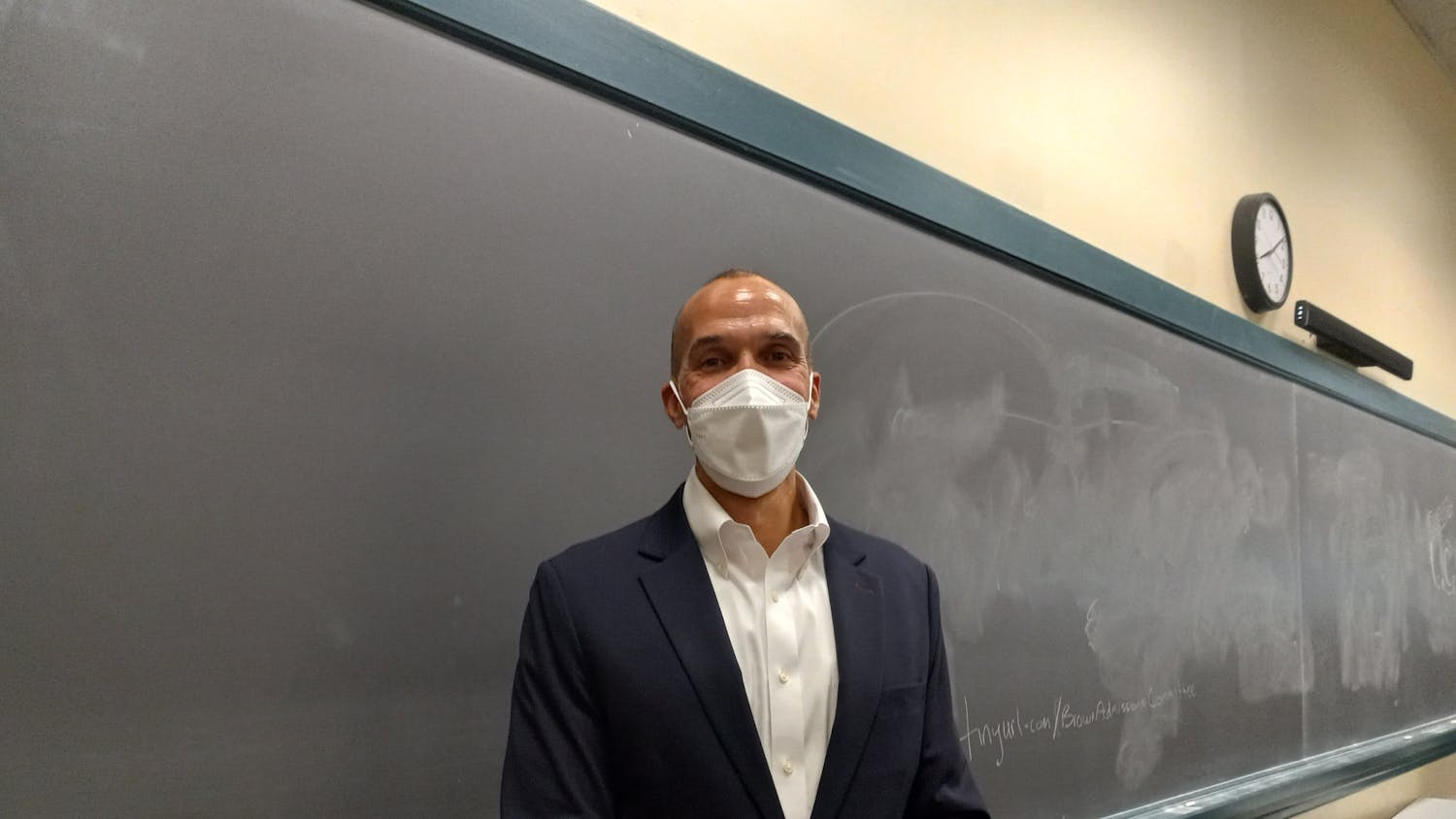The Supplement is a new series and newsletter by The Brown Daily Herald aimed at providing applicants to the University, and their families, with perspectives from students and admission officers on the application process, as well as other admission news. To receive The Supplement in your inbox for the rest of the semester, you can sign up below.
For more than two-thirds of applicants to the class of 2025, applying to the University also meant applying for financial aid — filling out the Free Application for Federal Student Aid and the College Scholarship Search profile.
Taken together, these two forms help the University’s Office of Financial Aid determine how much a family should contribute to their child’s education, and how much the University will cover. But according to seven first-years interviewed by The Herald, filling out the forms, especially the CSS profile, can amount to a confusing pile of financial documents and force them to search for information that might not be easily accessible.
A number of students interviewed by The Herald said that they relied on their family when completing the financial aid forms.
Jace Damon ’25, a first-year from Panama City, Florida, noted that he might have been able to complete the process on his own, but that it wouldn’t have gone “as flawlessly” without his mother and his sister, who had applied for financial aid previously.
“I probably would have done something wrong” without them, he said.
Keelin Gaughan ’25, a first-year from McKinney, Texas, added that she needed her father’s help to complete her financial aid application.
“I didn’t know what I was doing. It’s definitely overwhelming,” Gaughan said. But she said after finishing the forms, she now has a much better understanding of her own family’s finances.
On the other hand, Sofia Barnett ’25, a first-generation college student from Frisco, Texas, said she largely applied for financial aid on her own without the help of an adult. To learn how to fill out the forms, she looked up YouTube tutorials, watching other students go through the process and collect the appropriate information.
“I was lucky that I managed to figure it out,” she said. “None of it made any sense to me whatsoever. Some of it wasn’t even on my parents’ tax returns.”
Asya Gipson ’25, a first-year from Anchorage, Alaska, said she also relied on the Internet for help, watching YouTube videos and scouring college application forums.
The CSS profile has been criticized in recent years for creating an overwhelming burden for low-income students or applicants who can’t easily access both of their parents’ financial information. This month, Lafayette College announced it would no longer require CSS profiles for its lower-income applicants. The University of Chicago now offers an alternative financial aid worksheet in place of the CSS profile.
Mikael Obiomah ’25, a first-year from Taunton, Massachusetts, said he also encountered problems with the CSS profile; due to the complexity of providing the Office of Financial Aid with sufficient information, he didn’t find out about his financial aid award until well after he had been admitted.
“All this information was needed that my parents were confused about providing,” he said. “My mom didn’t understand what was required for her. It was hard getting information from my dad, who lives in a different country.”
Obiomah said his college counselor at his high school proved helpful in the financial aid application process. He also got help from his fellow members of the University’s class of 2025, who formed group chats after they were accepted but before Obiomah had received his final financial aid package, explaining to him whom he should contact at the University.
Barnett also attested to the difficulties of filling out the CSS form: While she isn’t in contact with one of her parents, she still needed their tax information.
“That was more of a process than the essays, to be completely honest,” Barnett said. “If you don’t have contact, that makes it harder in so many ways.”
TyKerius Monford ’25, a first-year from Athens, Georgia, said that the complexity of the process had led him to believe that applicants should get started on their financial aid applications as soon as possible and fill out the FAFSA the “day it opens.”
“The financial aid application can be a lot more complicated than the actual application for admission,” said Bailey DiOrio, an admission officer for the University. She added that she often encourages students with any questions about financial aid — before or after they apply — to reach out to the University’s Office of Financial Aid, the “real experts.”
The office, she said, has worked to become more accessible to students, with answers to specific questions on its website and a system through which applicants can sign up for a slot to discuss their financial aid application with a member of the Office of Financial Aid.
James Walsh, another University admission officer, said he can relate to students struggling with their financial aid applications. When he applied to college from rural Maine as the son of two teachers, he found himself lost trying to fill out the CSS profile and FAFSA. In addition to reaching out to the Office of Financial Aid, he and DiOrio noted that applicants should make use of the calculators on the office’s website to roughly estimate what their family might actually have to pay.
“There’s often a sticker shock of seeing what the (price) is,” Walsh said. But the calculators can offer a clearer picture, showing that students won’t have to pay the full price of tuition and fees. Applicants are often surprised at how much aid they qualify for after completing the calculator, DiOrio noted.
Another key piece of helping students understand financial aid, both of the admission officers said, is explaining the meaning of meeting full demonstrated need — the process through which the University calculates what a family can reasonably contribute, and what grants and scholarships are necessary to cover the rest of the cost of attendance.
“I try to get more specific,” Walsh said. Need-blind and meeting demonstrated need “are great terms, but I wouldn’t have known what that meant.”
The Offices of Admission and Financial Aid, according to Dean of Admission Logan Powell and Dean of Financial Aid James Tilton, are also in the process of releasing messaging and information that make the University’s affordability for middle-income students clear in light of new investments in financial aid.
International financial aid presents another challenge. While the University expects to move to need-blind international admissions by the time the class of 2029 applies, international students still operate in a need-aware process for now.
Ayaka Ono ’25, a first-year from Tokyo, Japan, said she had never heard about any students from Japan receiving financial aid but applied anyway. Applying in a need-aware environment proved stressful, but it ended for Ono with an acceptance letter and a financial aid award that was “much more” than she expected.
The University’s international financial aid budget currently stands at $9 million, of the $153.7 million the University spends on financial aid overall.
After she had been accepted, Ono also had to obtain a report from her bank confirming that her family had sufficient funds to pay for her schooling in order to secure a student visa.
And Ono’s aid doesn’t exclusively come from the University: She also receives a scholarship from the Japanese government, which requires her to explain how she’ll contribute to Japanese society after she graduates.
Outside scholarships can be impactful, even with the University picking up an ever-increasing share of fees and expenses, according to Monford. He said that the external scholarships he received covered his travel, living expenses and dorm decorations.
“You need furniture for your dorm,” he said. “It’s also very important.”

Will Kubzansky was the 133rd editor-in-chief and president of the Brown Daily Herald. Previously, he served as a University News editor overseeing the admission & financial aid and staff & student labor beats. In his free time, he plays the guitar and soccer — both poorly.





